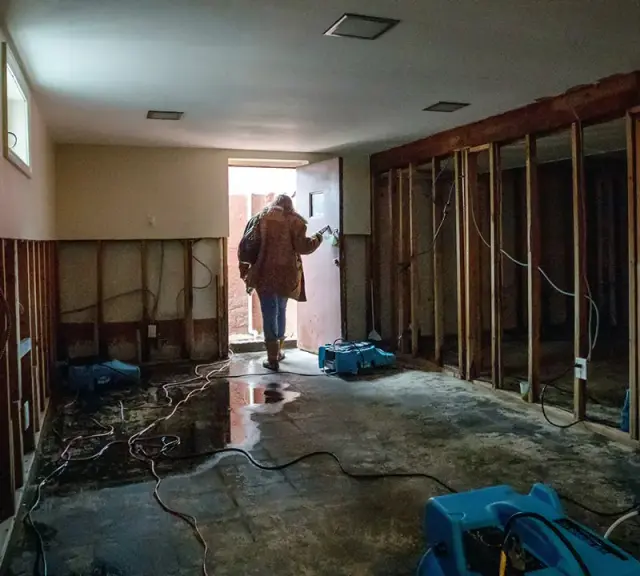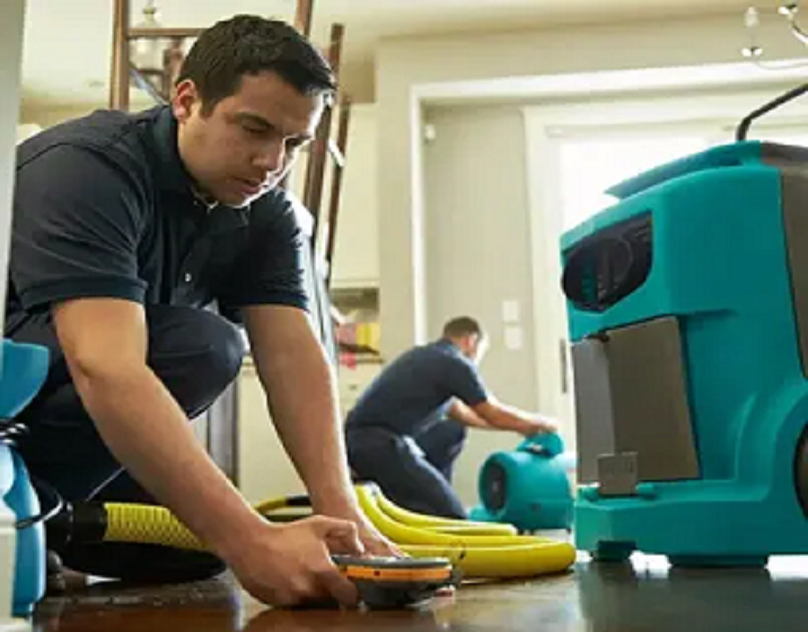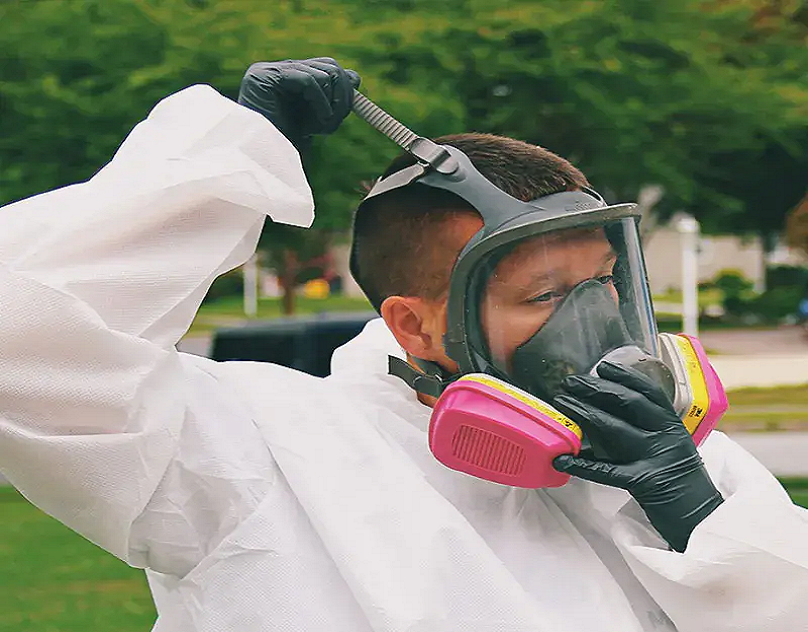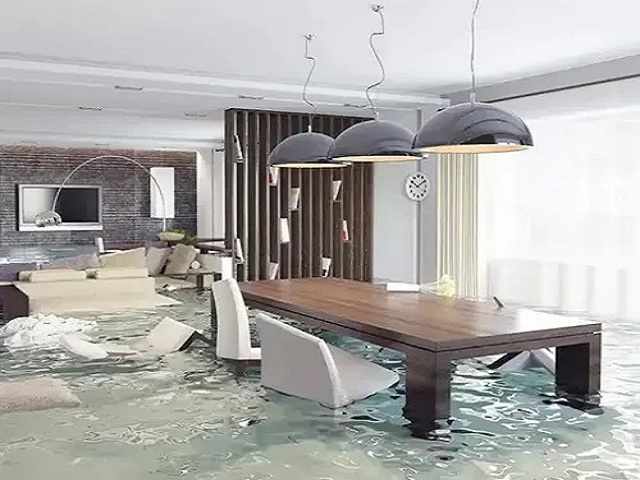
Flooding of the basement is the nightmare of every homeowner. Whether the cause is an emergency flood, major rainfall, or burst pipe, the water in your basement will ruin everything you have, including furniture and floors, not to mention your sanity. This is exactly why a water restoration cleanup checklist is an absolute life-saving one. Follow the very simple steps explained here as a super-quick way of cleaning up safely.
1. Stay Safe First
You should take safety into consideration before you roll into cleanup mode. Switch off the power in the flood-prone zone. Live wires and standing water are a bad mix. Additionally, it is recommended that you wear rubber boots and gloves, as there is no time to go barefoot. When water appears dirty or has a foul odor, it might be contaminated, particularly when it is an instance of basement water damage attributable to a sewer breach.
2. Stop the Water Source
When you know the source of water, such as a broken pipe, leakage, or the like, then turn it off. When there is an emergency flood outside, do not start the cleanup before the water stops rising.
3. Call a Restoration Company
That is when one needs the assistance of professional restoration companies. They have the equipment and expertise to dry things out thoroughly and prevent mildew. Find reliable services in your locality and never delay. It is better not to wait too long, as a delayed cleanup can result in larger damages and an increase in expense.
4. Document the Damage
However, first, make as many photos/videos of the damage as possible before you start to chuck anything aside and initiate the so-called basement water restoration process. This shall especially be valuable in case of an insurance claim. And please take our word, you will be glad you did.
5. Remove Water ASAP
First, pump or mop out the water. Fill up buckets, water vacuums, or summon the experts with heavy-duty pumps. It is all about time, and the more urgent action is taken to reduce basement water damage.
6. Toss Out Ruined Items
Everything is not salvageable. Dispose of wet cardboard, mattresses, and anything that is moldy. Special cleaning or replacements of furniture, carpets, and electronics may be necessary. Never keep food that is smelly or looks moldy; your health is not worth the risk.
7. Dry and Dehumidify
Open windows and doors to allow fresh air to come in. Invite fans and a dehumidifier to absorb the humidity. This is the essential step in the process of water restoration cleanup, and mold quandary prevention.
8. Clean and Disinfect Everything
It is now drying up; time to clean. Wash and scrub walls, floors, and things that may be salvaged with disinfectants. This aids in the destruction of germs deposited by the floodwater.
9. Inspect for Mold
The mold can get in even after cleaning. Be alert to musty odors or wall stains. When you suspect it, you should call a mold specialist or any restoration company to do it on your behalf before it gets widespread.
10. Prevent Future Floods
After your basement has been cleaned and made dry, start planning. Place a sump pump, cover gaps, and even install a backup generator. These will assist you in preventing the occurrence of another emergency flood.
In a Nutshell,
There is no doubt that basement floods are a stressful experience. However, using this ultimate checklist, you can have a definite strategy to get the mess under control. The next thing you will want to remember is acting quickly, calling the right companies that have to do with restoration, and taking some smart steps toward basement water restoration, which can save you a good deal of time and money and more than enough headaches.




















Write a comment ...